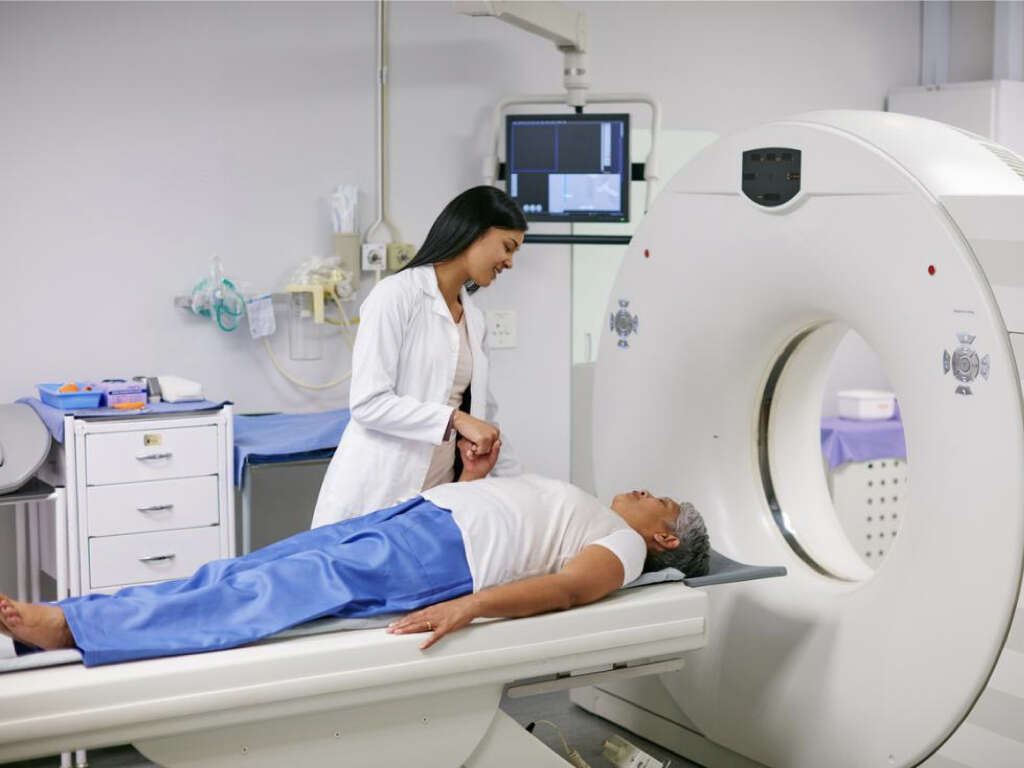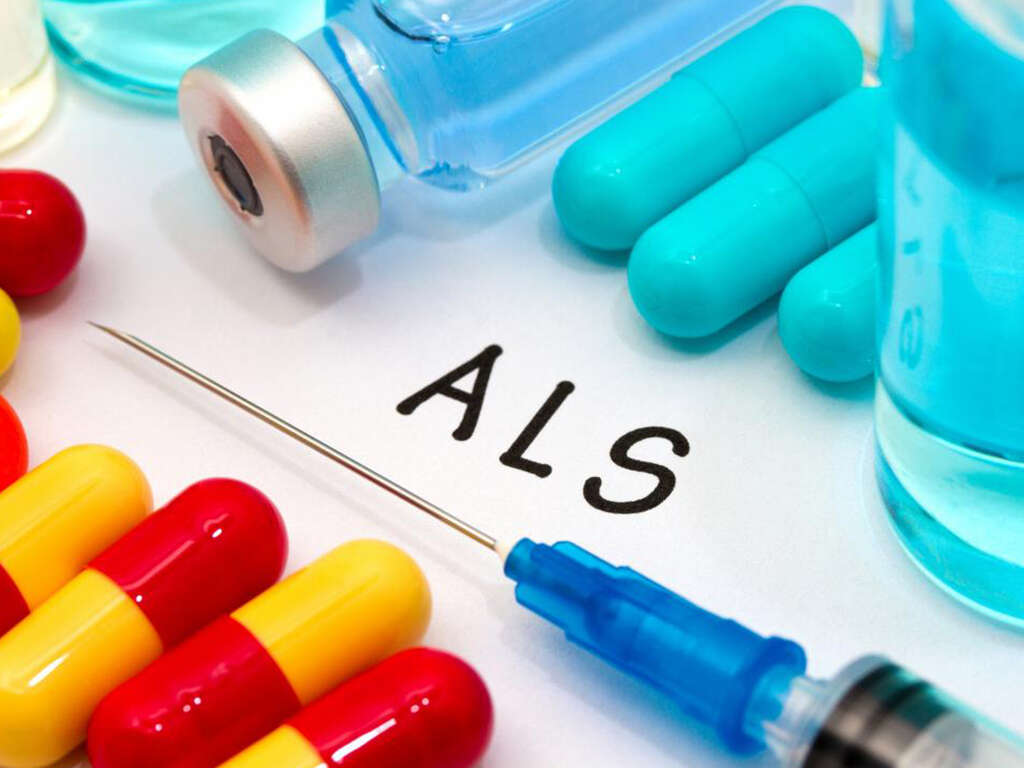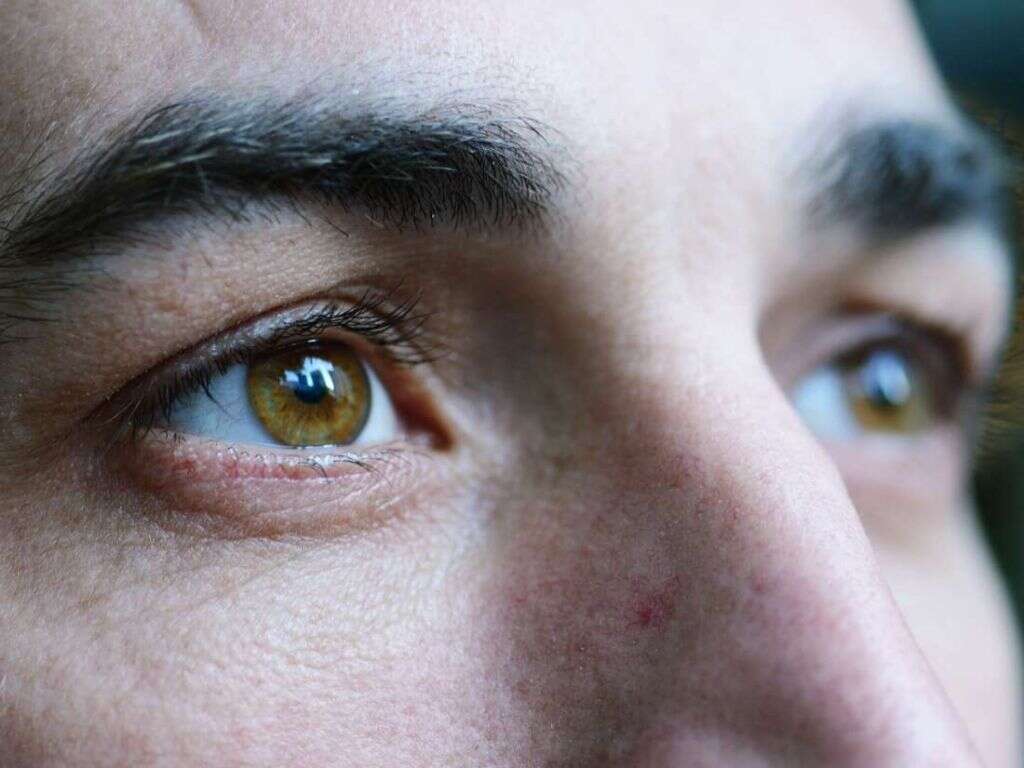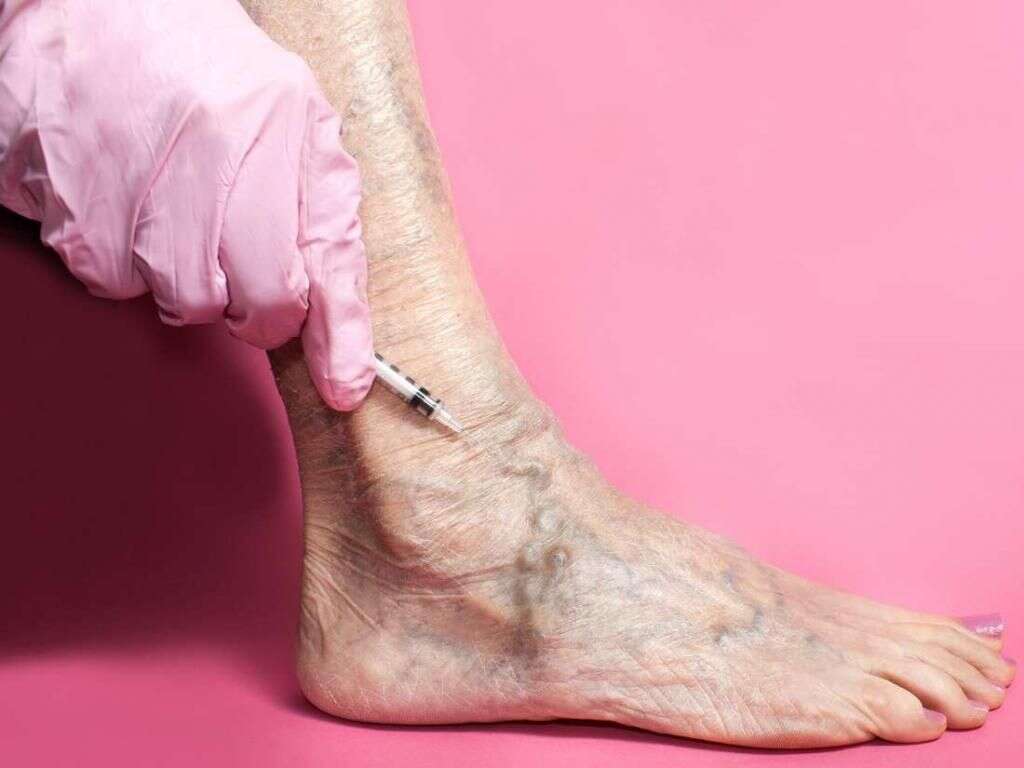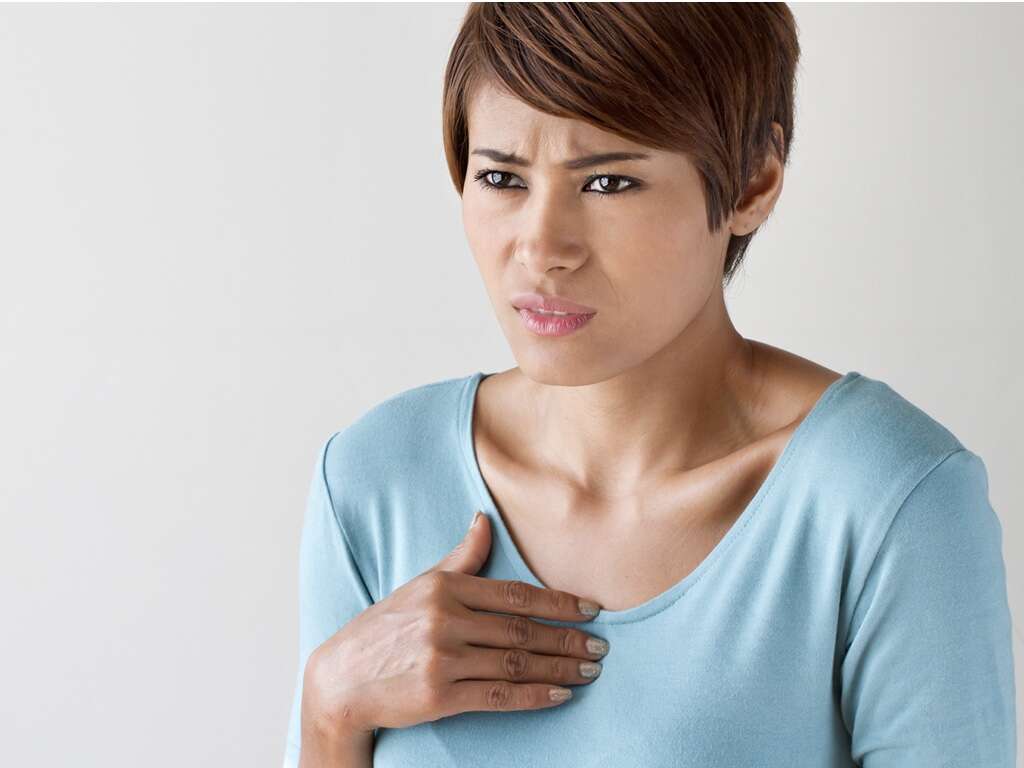What Is Lou Gehrig's Disease?
When we move a muscle, it happens because messages are sent from the brain to the muscle instructing that muscle to contract. Messages are also sent the other way that feed the brain with information on what is going on around us. These messages are sent with the help of specialized cells that relay electrical impulses through the body.
If these cells were to become damaged then their ability to relay messages will be affected. There are various things that can cause this, and Lou Gehrig’s disease, which is also known as amyotrophic lateral sclerosis is one of them. There is no known cure for the disease, and the patient can expect to live for up to around 5 years after diagnosis.

1. Causes
Lou Gehrig’s disease is a medical condition that affects certain nerve cells in our body. In particular it affects motor neuron cells, and these are important to us because they allow us to make voluntary movements. When these cells are attacked they can stop functioning, and this can mean that we no longer have control over our muscles.
In the majority of cases, the cause of Lou Gehrig’s disease is not known. However we do know that the condition is inherited in up to 10% of cases. Leading theories behind the other causes of Lou Gehrig’s disease revolve around a combination of environmental and genetic factors.

2. Symptoms
As mentioned, Lou Gehrig’s disease will affect the patient’s ability to move their muscles. However the type of symptoms and their severity will vary from case to case. The symptoms will be barely noticeable to begin with, but they will gradually get worse as time goes by and the disease progresses.
Some of the common symptoms experienced include a weakness in the legs, and difficulty walking, and the patient may also trip over more often than usual. The patient may also lose strength in their hands and this, combined with weakened legs, can make it harder for the patient to perform simple chores.
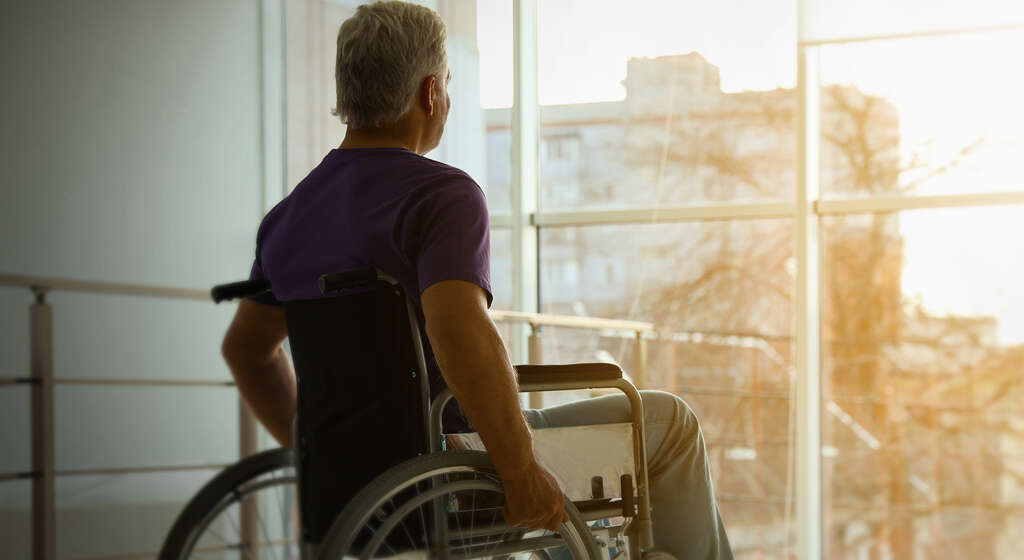
3. Eating Problems
As the disease progresses, patients will begin to lose control of even some of their most essential functions. This even includes the ability to eat. The disease can affect the muscles that control the patient’s ability to swallow food, and this will make it a lot harder for them to get food into their stomachs.
This also increases the risk of aspiration pneumonia, which happens when food or other items get into the lungs, causing an infection. Not being able to eat and drink will cause some obvious problems for the patient, including malnutrition and dehydration. The patient will need to be put on a feeding tube at some point.
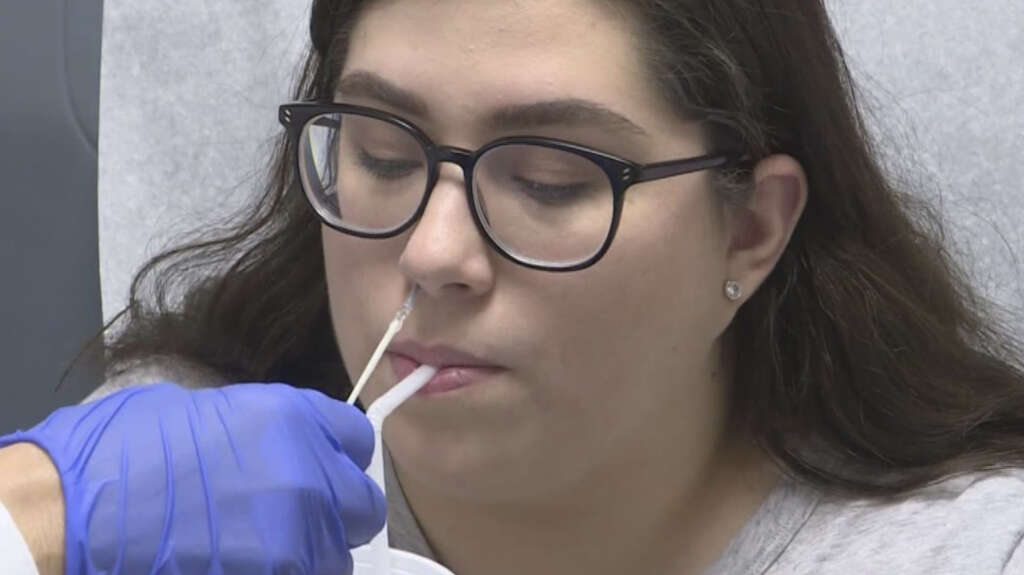
4. Speaking Problems
We tend to take it for granted because we do it without even thinking about it. However, speaking is a lot more complex than we tend to think it is, and it takes sophisticated coordination from numerous muscles. If we were to lose control over these muscles then speaking will become a lot harder for us.
Patients with Lou Gehrig’s syndrome can begin to lose the ability to speak as the disease progresses. It will usually start off as mild and sporadic, but the symptoms will worsen as time goes by. The patient will eventually lose all ability to make their selves understood by speech, although devices are available that can help them to communicate.

5. Dementia
Lou Gehrig’s disease will also sometimes cause the patient to develop dementia, which is an overall loss of cognitive ability. This will often mean that the patient begins to struggle with decision making, and even the easiest of mental challenges can become very difficult for them.
Lou Gehrig’s will also sometimes lead to memory loss. The memory loss can be severe to the point where the patient even forgets their spouse, their children, and other people who have been in their lives. The patient can also undergo some considerable changes in their personality and they can act in ways that are very uncharacteristic for them.
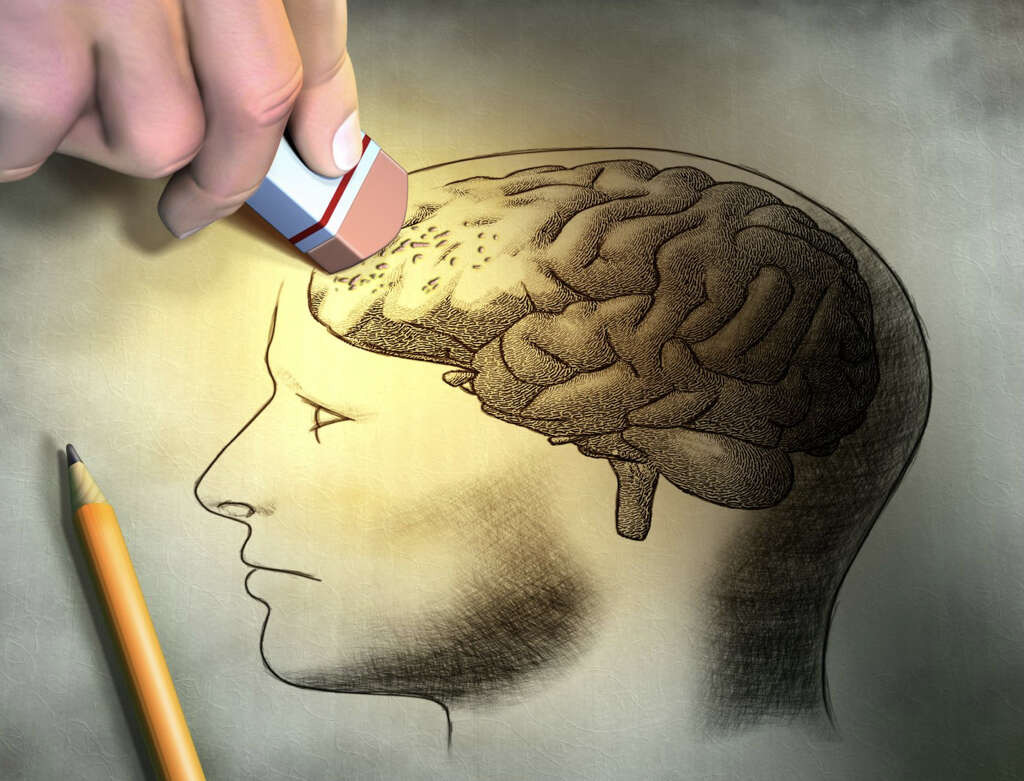
6. Breathing Problems
We also need muscles to help us breathe. As the muscles in the chest contract and relax, so they cause the lungs to expand and retract, and this causes air to be forced in and out of the lungs. If the necessary muscles were not functioning properly then we would no longer be able to draw fresh air in, and then expel the spent air.
As the condition gets worse, the patient is increasingly likely to need help from mechanical apparatus. This might mean a continuous positive airway pressure device, which is designed to help the patient sleep at night. At some point, the patient will also likely need to be put on a ventilator to help ensure their bodies get sufficient oxygen.

7. Risk Factors
As mentioned, Lou Gehrig’s disease is sometimes passed on from parents, although this is not common. There is also a correlation between Lou Gehrig’s disease and sex, and men are statistically a little more likely to develop the disease than women are. The disease is also more common in people that are aged between 40 and 60 years old.
It is also thought that some genetic variations can make people more prone to the disease. People who have served in the military are also more prone statistically speaking, but it is not known why this is. Exposure to certain toxins is another potential factor, and smoking will also increase somebody’s risk.

8. Diagnosis
The symptoms of Lou Gehrig’s disease tend to be similar to some other medical conditions, and this can make it difficult to diagnose the condition. A number of tests are likely to be needed for a diagnosis, and this will typically include an MRI scan. This will produce images of the patient’s brain.
An electromyogram will also likely be used, and this will help the experts to rule out other potential causes. A spinal tap procedure may need to be performed, and blood and urine samples will also likely need to be taken. A muscle biopsy may also be performed, while doctors might also wish to perform a nerve connection study.
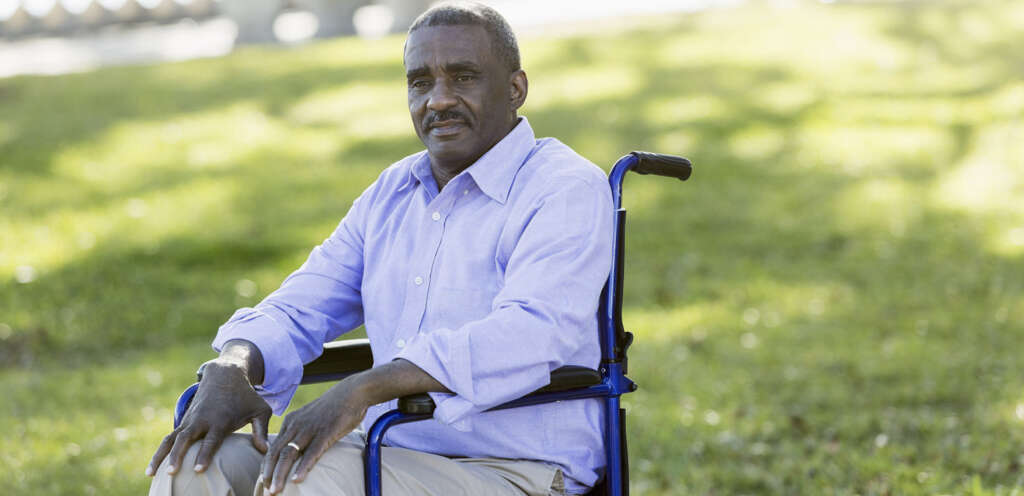
9. Medication
There is no known cure for Lou Gehrig’s disease, and the damage caused cannot be reversed. However, medication is available that will at least help to slow the progress of the disease. Although these drugs can be effective in helping extend the patient’s life and improving their quality of life, they also come with unwelcome side effects.
Medication is also available the will help to treat other conditions like pain. Other symptoms that can be treated include cramps, fatigue, constipation, excessive saliva, and sleeping problems. Medication may also be prescribed to help control outbursts of crying or laughing, while it may also help to cure depression.

10. Therapy
Physical therapy can also help to enhance the patient’s quality of life for as long as possible. Physical therapy, for example, can help to maintain strength and coordination in the patient’s muscles. This, in turn, can help to keep them as mobile as possible for as long as possible.
Experts in nutrition may also be available to help ensure the patient is getting the food that they need. The patient will also need assistance with breathing at some point, and this help will be provided with various devices. Psychological may also be provided to help the patient and their family with the emotional issues involved.




